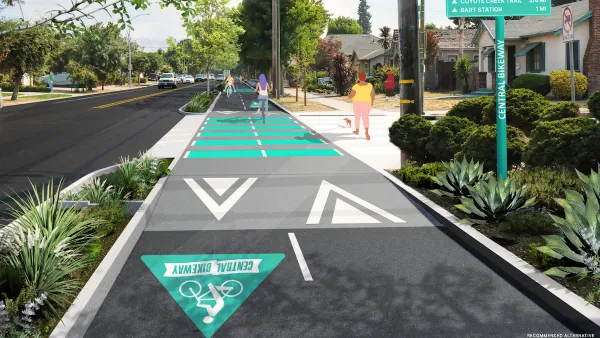A new study reveals earthquakes that began at shallower depths than previously thought are associated with wastewater disposal sites from fracking operations.

A series of earthquakes in Texas’ Permian Basin that happened before 2017 began at shallower depths than previously thought, indicating they could have been caused by wastewater disposal related to fracking operations.
According to an article by Miriam Fauzia in Governing, “Leftover wastewater may be reused for further fracking or injected underground into saltwater disposal wells. If the injection is near a fault line — a vulnerable fracture between two blocks of rock — the stress can trigger an earthquake. A 2019 study investigating quakes in North Texas found that pressure changes from disposal wells made fault lines more likely to rupture.”
A new study used a mathematical tool called “hypocentroidal decomposition” to recalculate the depth of older earthquakes, revealing that many more of them correlate with water injection sites than previously believed.
Fauzia points out that in addition to the ramifications for fracking, “the findings hold significance for environmental efforts like carbon capture and storage, a process where carbon dioxide emissions are trapped and stored underground,” which could be complicated by the presence of faults and risk of causing earthquakes.
FULL STORY: Fracking in Texas Connected to Past Earthquakes, Study Finds

Planetizen Federal Action Tracker
A weekly monitor of how Trump’s orders and actions are impacting planners and planning in America.

Silicon Valley ‘Bike Superhighway’ Awarded $14M State Grant
A Caltrans grant brings the 10-mile Central Bikeway project connecting Santa Clara and East San Jose closer to fruition.

Amtrak Cutting Jobs, Funding to High-Speed Rail
The agency plans to cut 10 percent of its workforce and has confirmed it will not fund new high-speed rail projects.

Oregon Approves Ambitious Framework for ’Microgrids’
Local energy “islands” within the larger power system ensure key facilities can remain online during emergencies and power outages.

A Historic Investment in LA County’s Parks and Open Spaces
Los Angeles County has launched its largest-ever competitive grant program, investing $58 million to expand park access, enhance climate resilience, and support community-driven projects in the areas that need them most.

San Diego Wins $14M for Affordable Housing
The funding comes via the state’s Regional Early Action Planning program and will help create close to 1,000 new housing units.
Urban Design for Planners 1: Software Tools
This six-course series explores essential urban design concepts using open source software and equips planners with the tools they need to participate fully in the urban design process.
Planning for Universal Design
Learn the tools for implementing Universal Design in planning regulations.
Caltrans
City of Fort Worth
New Jersey Institute of Technology
Mpact (founded as Rail~Volution)
City of Camden Redevelopment Agency
City of Portland
City of Laramie





























